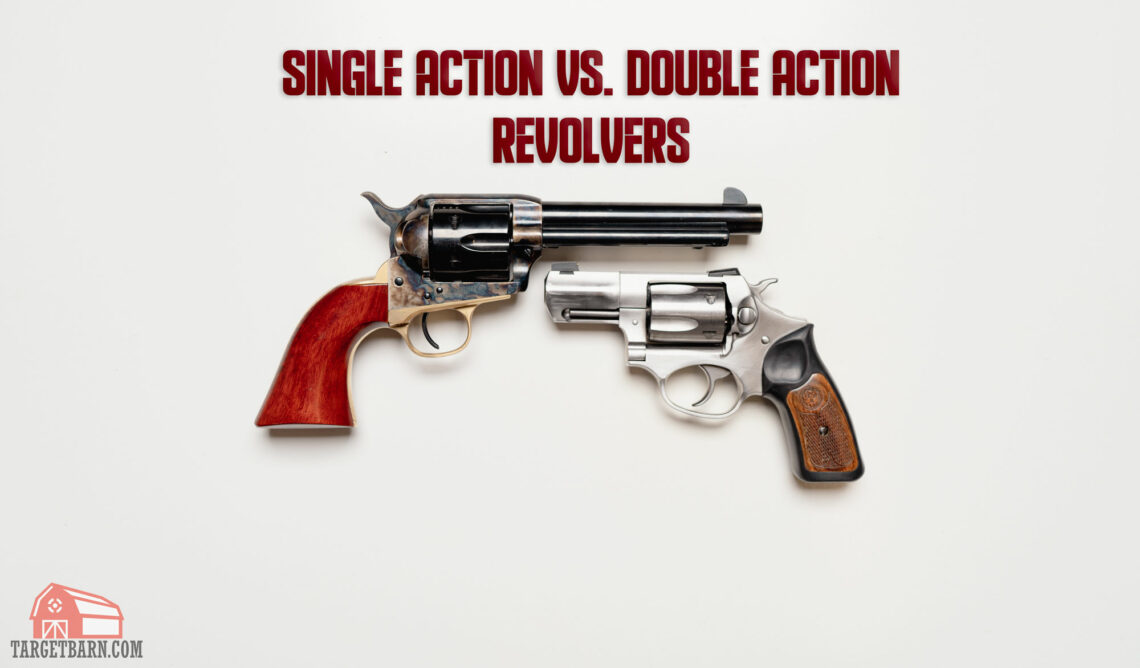If you’re new to revolvers, you may be curious about single action vs. double action revolvers.
Single action and double action are the two main types of revolver actions. This refers to how the gun operates when the shooter pulls the trigger. Keep reading to learn about the differences between these two types of revolvers.
Single Action vs. Double Action Revolver: What’s the Difference?
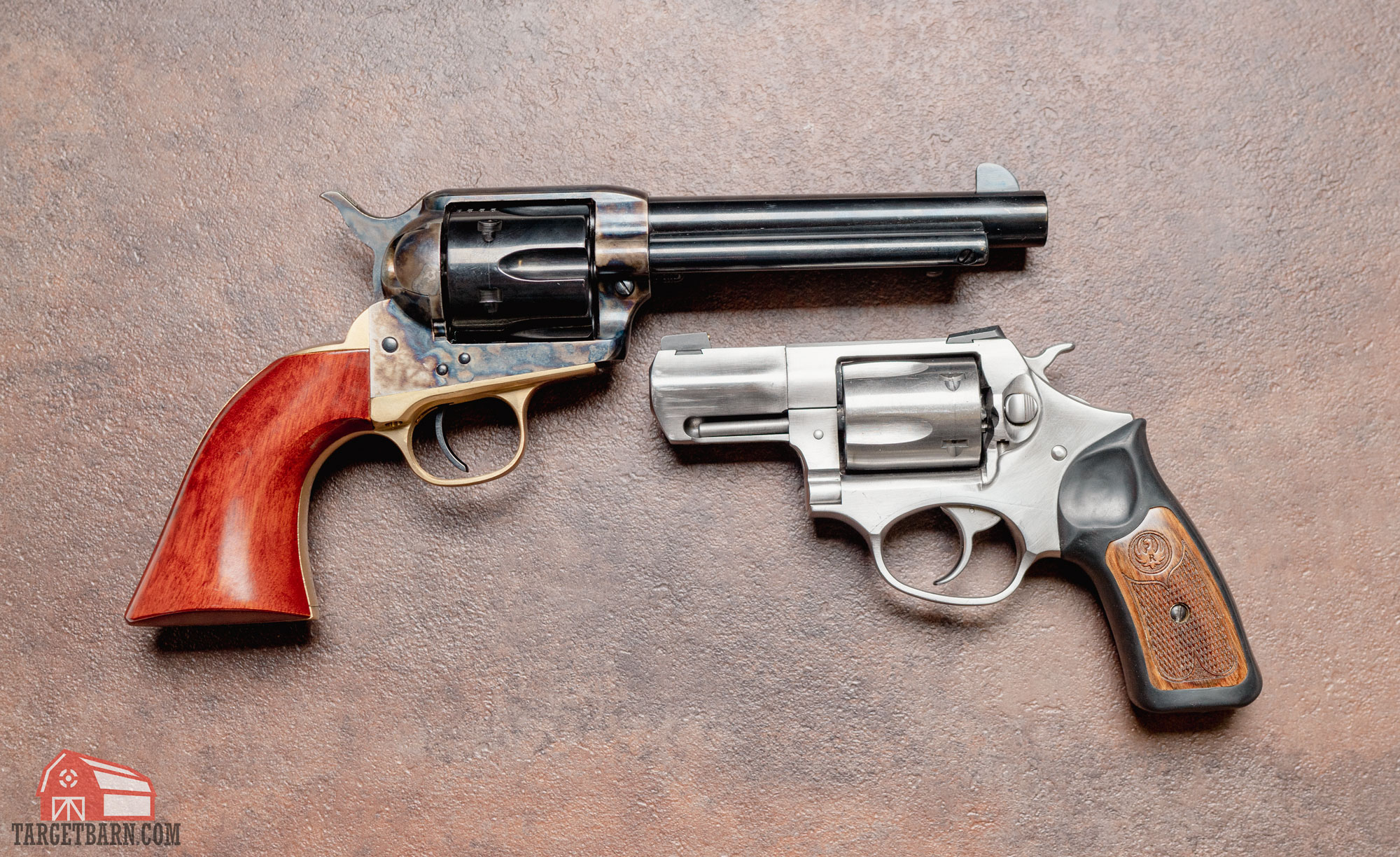
The difference between single action vs. double action revolvers is in how the revolver’s mechanics work to fire a round.
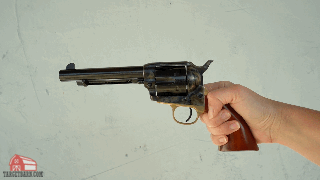
In single action revolvers, the hammer of the revolver must first be cocked by the shooter before a round can be fired. Once the hammer is cocked, the shooter can pull the trigger, firing a round. The shooter must follow these same steps for follow up shots: cock the hammer, then pull the trigger.
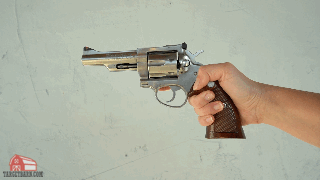
Double action revolvers can be fired in two different ways. The first is the same as a single action revolver. The shooter cocks the hammer, then pulls the trigger. When a shooter fires the revolver in this manner, it is called shooting in single action. With a double action revolver, the shooter can also shoot in double action. Instead of cocking the hammer, the shooter pulls the trigger while the hammer is not cocked. The trigger pull then performs two functions: it cocks the hammer and then releases the hammer to fire the gun.
A noticeable difference between single action vs. double action revolvers is how the shooter loads rounds into the cylinder. Double action revolvers typically have a cylinder that swings open when a latch or button is pressed. On the other hand, single action revolvers do not have a cylinder that swings out. To load rounds, the hammer must be half-cocked, then the loading gate on one side of the gun can be opened. The shooter can then load rounds individually into each chamber, spinning the cylinder to get to the next empty chamber.
Single Action Revolvers
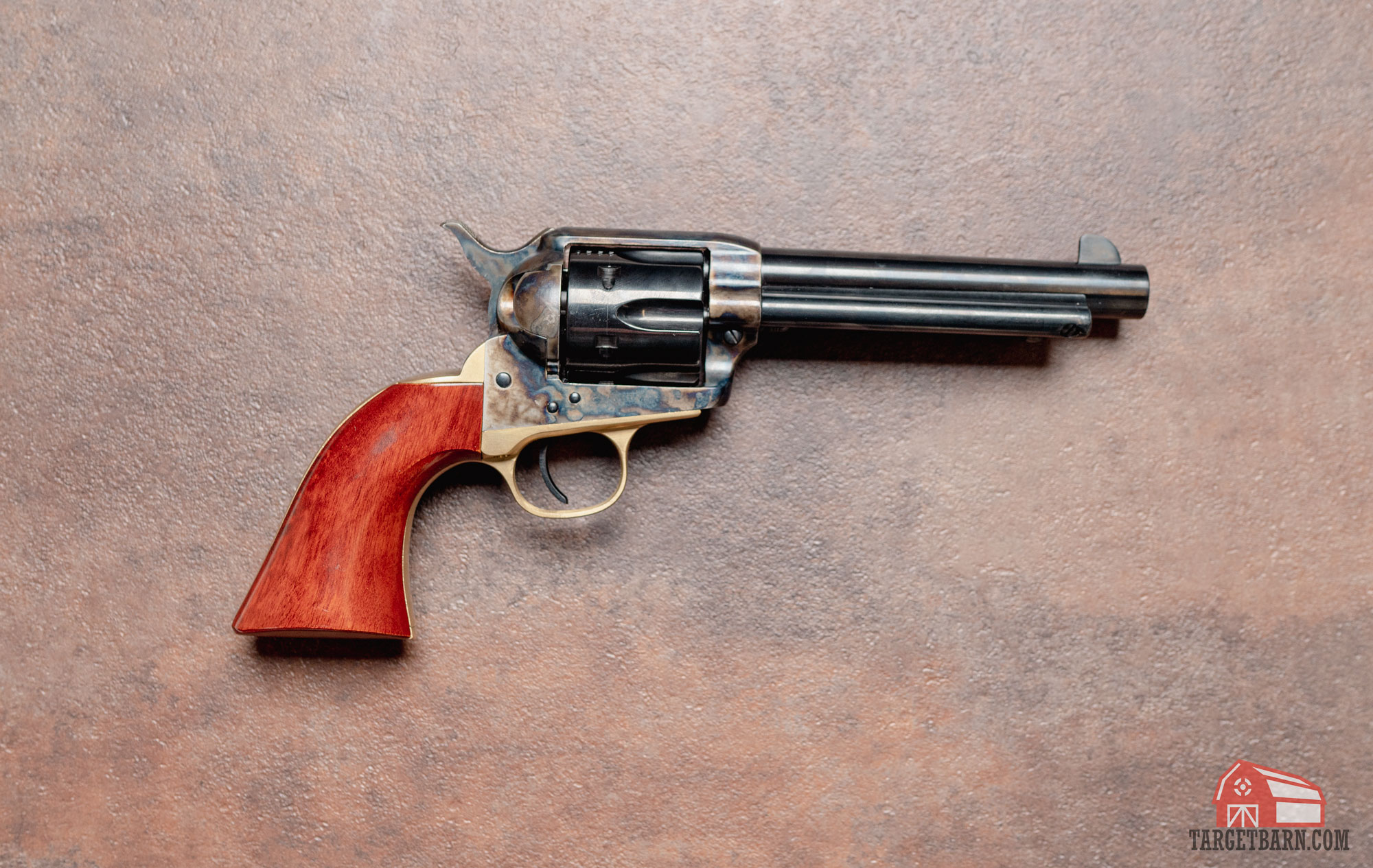
As we said above, the shooter must cock the hammer of a single action revolver in order to fire a round. Single actions typically have a light, short trigger pull. This makes them a bit easier to shoot compared to the double action’s long, heavy trigger pull.
Single action revolvers are typically what you think of when you think of cowboys getting into shootouts in the Wild West. Some popular examples of single action revolvers include the Colt Single Action Arm and Ruger Blackhawk. You’ll find single action revolvers in shooting sports like the Single Action Shooting Society and Cowboy Mounted Shooting Association.
Because you must cock the hammer before every shot, single action revolvers are not very practical for self defense purposes. However, they can be a great tool for new shooters learning to shoot revolvers.
Double Action Revolvers
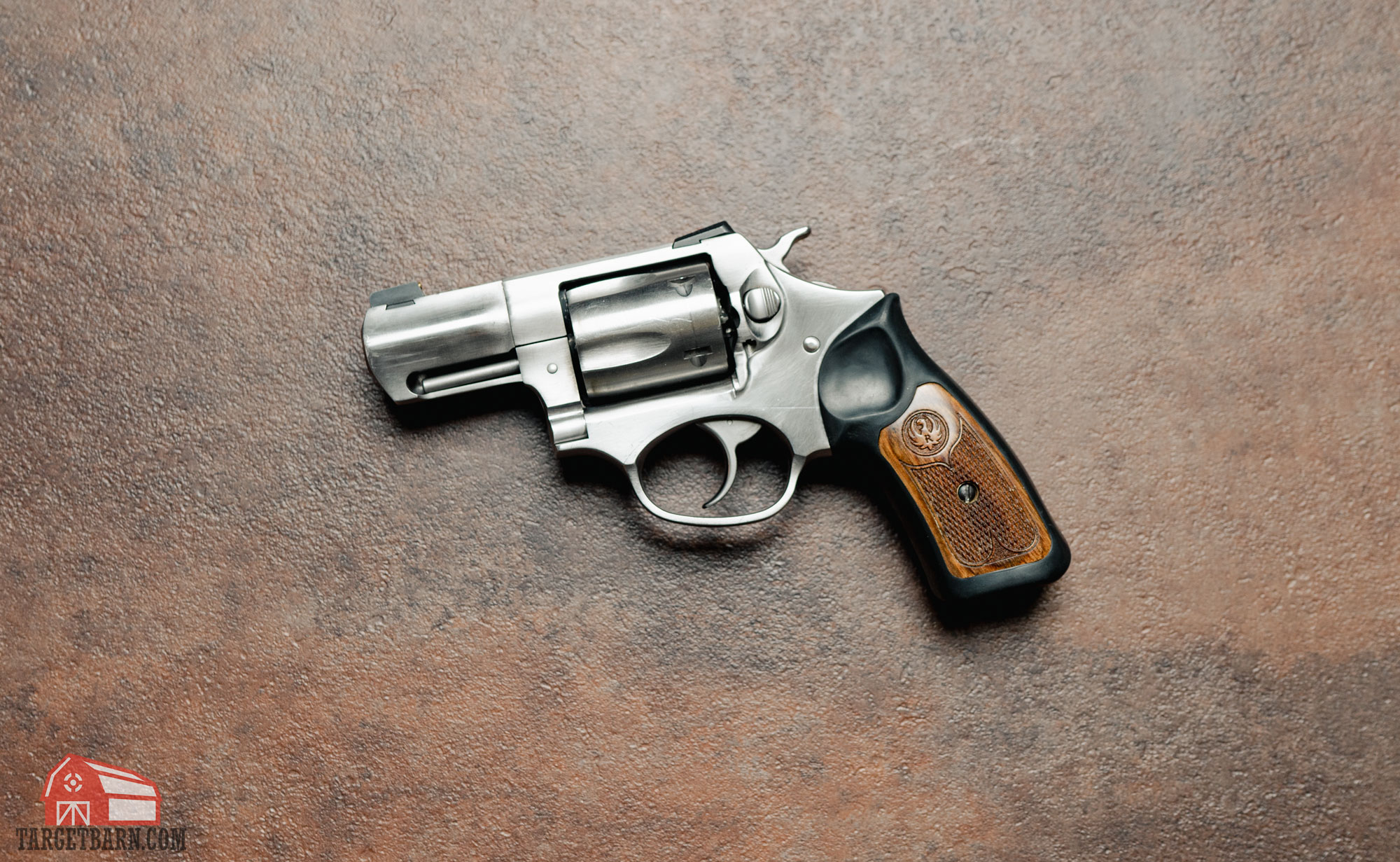
Double action revolvers are popular because the shooter has the option to shoot in double action or single action. When a shooter shoots a double action revolver in single action, it gives the gun a light trigger pull. When shooting in double action, the trigger pull can be long and heavy. That’s because the trigger pull is doing the work of cocking the hammer to then release it.
Double action revolvers are popular for everything from concealed carry to competition. You’ll find double action wheel guns in USPSA, IDPA, and ICORE.
Double Action Only Revolvers
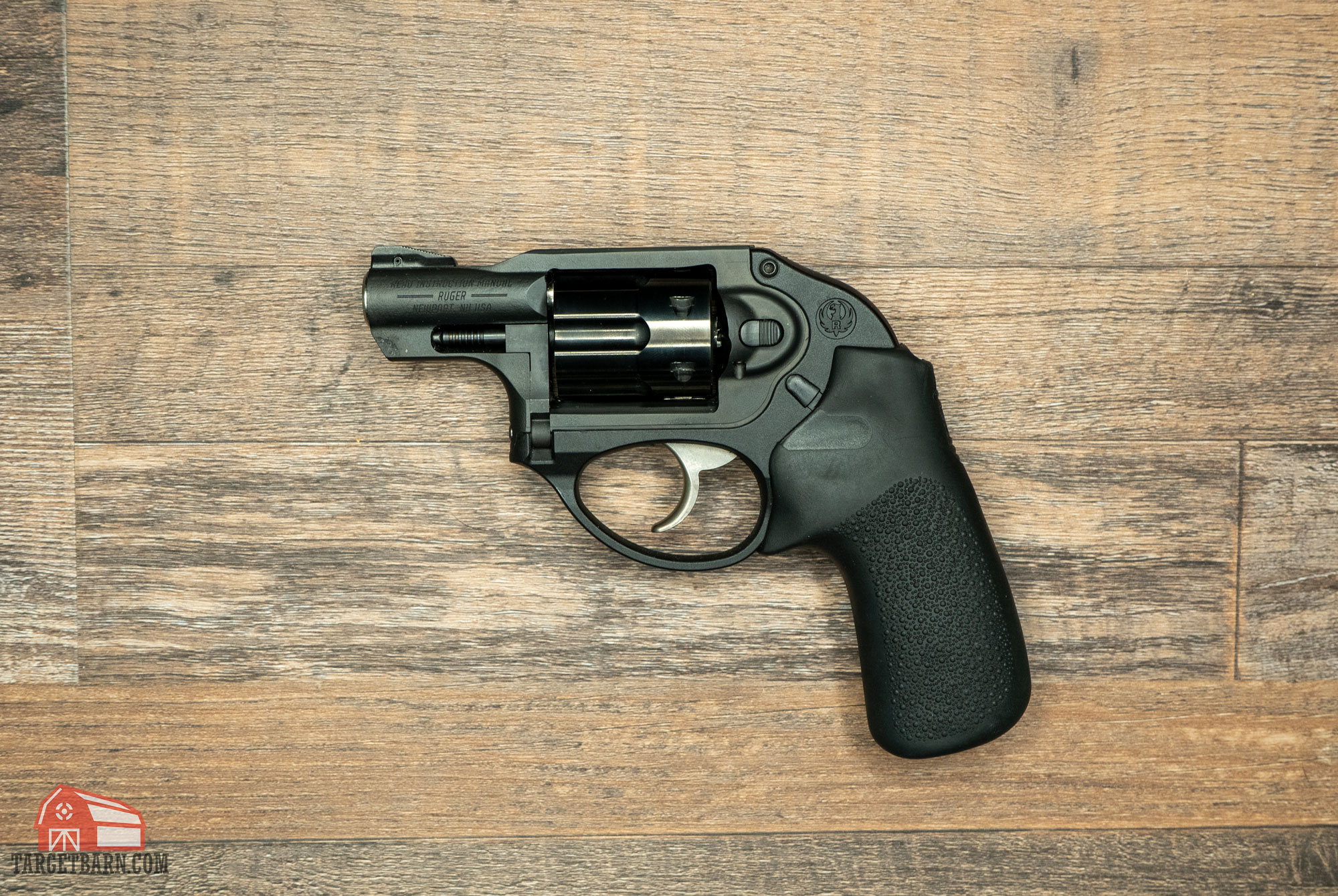
Some revolvers are double action only. Double action only revolvers are hammerless revolvers, meaning they don’t have an exposed hammer to cock for single action shooting. They are popular for concealed carry because they are easy to use and the heavy trigger pull makes it harder to have a negligent or accidental discharge.
Which Should You Choose?
If choosing between single action vs. double action revolvers, you should look at your intended use. If you’re needing a revolver for concealed carry, then a double action will probably be the better choice. Single action revolvers are great for fun at the range or for a specific shooting sport, but not necessarily the best option for self defense. If you’re looking to have fun on the range, you can’t go wrong with either choice. Ultimately, you should try out as many guns as you can so you can decide which is the best fit for you.

